4.3 What are Political Party Systems?
4 min read•june 18, 2024
Isabela Padilha
Harrison Burnside
Kelly Cotton
AP Comparative Government 🗳️
90 resourcesSee Units
Unit 4 - Political Party Systems
Much like our exploration of Electoral Systems in 4.1, the expectation at the end of this topic is that you are able to describe characteristics of political party systems and party membership. So let's get started 💪
What is the importance of political parties?
Political parties play a crucial role in democratic regimes, as they provide means for the population to engage in politics by providing an organized structure of beliefs and ideologies. Political parties also simplify the political processes by providing a way for politicians to organize and campaign for office, in addition to providing a platform. The platform is the set of ideas and policies a politician wants to implement once elected, and by providing this document to the population the candidates are increasing accountability, access to information, and stability, as the population will know what to expect of a certain government through the platform. Overall, they play a major role in shaping the policies and direction of a country.
Political parties also hold great power. You will read below that even authoritarian regimes have political parties, but they are often used as a way to monopolize the country's direction, and limit diversity. That is why it is important for a political party system to be diverse and allow for different perspectives and ideas to float around, to ensure that it maintains its democracy. If a party system manipulates the rules to suppress the opposition and maintain a one-party dominion, then it is a red flag for democracy. 🚩🚩
The first key concept to discuss in this unit is how party systems and membership differ among course countries, ranging from dominant party systems to multi-party systems. Let's examine each of the course countries to see where each falls on this continuum of dominant to multi-party systems. Much of the information below is pulled directly from the AP Comparative Government CED (Course and Exam Description) which is always important because if the College Board mentions a specific example or description, there is a high probability that the information will appear on the AP Exam.
Comp Gov Course Country Parties
- China 🇨🇳
- An authoritarian regime, China has rules that allow only one party, the Communist Party of China, to control governing power to maintain the values of centralism and order while allowing eight other parties to exist to broaden discussion and consultation. However, the parties do not have an opportunity to hold positions of power and authority. In addition, the CPC controls the military, media, and judicial system.
- Russia 🇷🇺
- A hybrid-regime, but moving back toward authoritarianism. Rules ensuring one-party dominance in Russia include increasing party registration requirements, allowing only legally registered parties to run for office, using selective court decisions to disqualify candidates, limiting the ability of political opposition to present their viewpoints in the media, increasing threshold rules to limit party access to the ballot, and eliminating gubernatorial elections. Unlike China, there are direct elections in Russia at the National level, but only candidates that the dominant party recognizes may run for office. The dominant party is "United Russia," which is represented by Vladmir Putin, and endorses a center-right ideology that consists of conservative social policy, a market economy, and a strong state.
- Mexico 🇲🇽
- Emerging or procedural democracy. Rules that facilitate Mexico’s transition away from one-party dominance include eliminating el dedazo (a practice in which the President of Mexico would handpick his successor), privatizing state-owned corporations to decrease patronage, decentralizing and reducing one-party power at the subnational level, and establishing and strengthening the National Electoral Institute an autonomous, public organization responsible for organizing federal elections in Mexico. In addition, it is important for the Mexican government to combat the long-adopted practices used by the previous dominant party (PRI), such as clientelism, that aimed at buying party loyalty and oppressing the opposition. Mexico is still a long way from being corruption-free, but the multi-party system is a symbol of democratization.
- Nigeria 🇳🇬
- Emerging or procedural democracy. Nigeria’s multiparty system includes 30 registered political parties, with two strong parties, the People’s Democratic Party (PDP) and the All Progressives Congress of Nigeria (APC), and a third party having a degree of electoral success. The PDP is a center-left party that has held control over Nigeria's democracy for the most part, and supports a mixed economy, social welfare programs and a strong state. The APC, on the other hand, supports a market economy, individual freedom, and a smaller government.
- UK 🇬🇧
- Substantive democracy. The United Kingdom’s party system features competition primarily between two major parties, the Conservative and Labour parties, which control the legislature and executive (with first-past-the-post election rules favoring the major parties). But minor parties with regional representation are also able to win some legislative representation. Catch-all political parties can earn support from groups with different characteristics, attracting popular support with ideologically diverse platforms. Some legislatures, such as the United Kingdom’s House of Commons, are highly organized by political parties with voting based on strict party discipline that influences policymaking.
- Iran 🇮🇷
- Authoritarian regime. There are no formal structure for the political parties in Iran. As mentioned above, political parties are important to maintain democracy and entertain different viewpoints in politics. However, the Iranian law does not allow for the freedom of speech that opposes the Islamic rule/ruling party. The Islamic Party that has held control of the parliament since the 1979 Revolution is the Islamic Republic party (IRP) and it endorses a more conservative ideology.
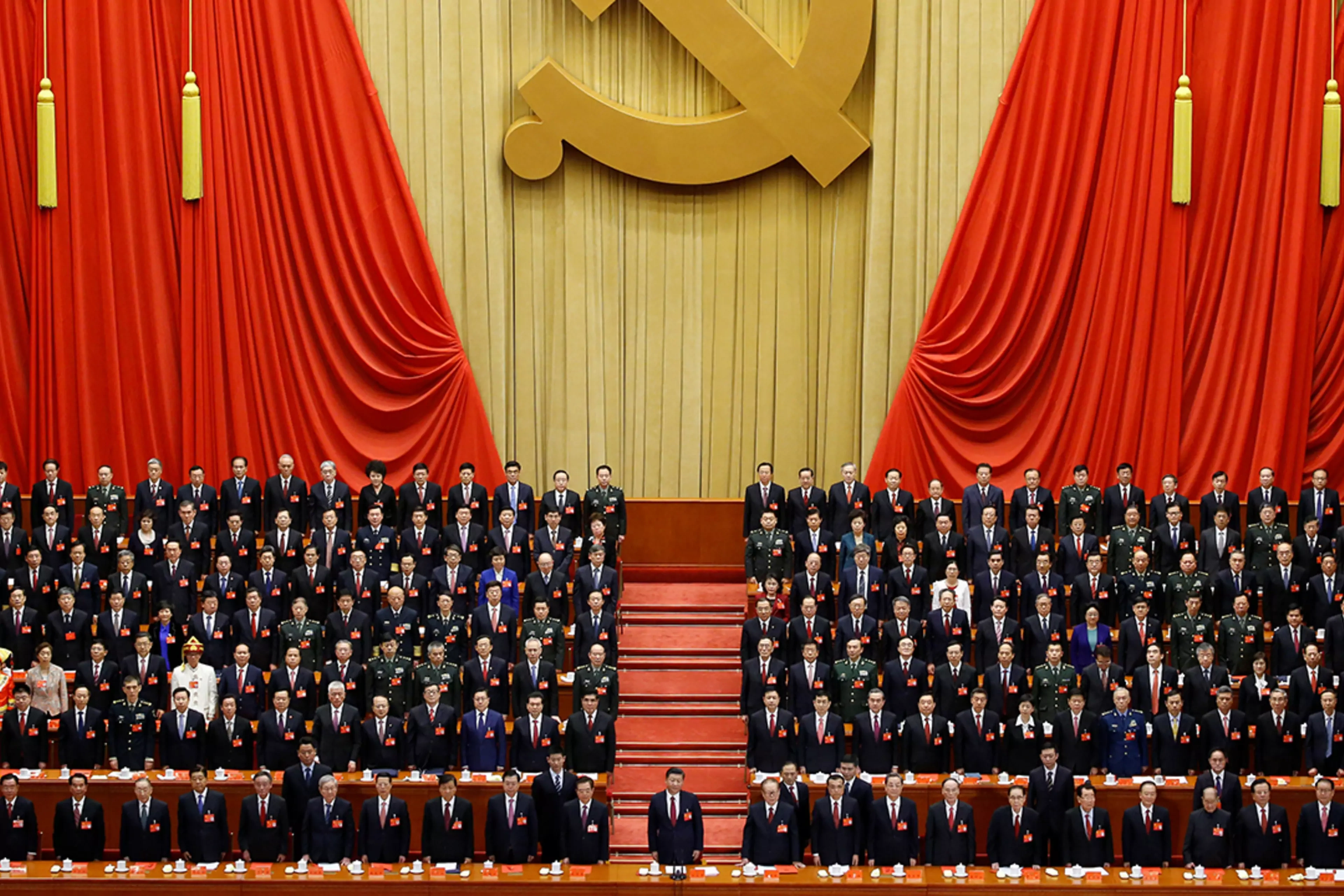

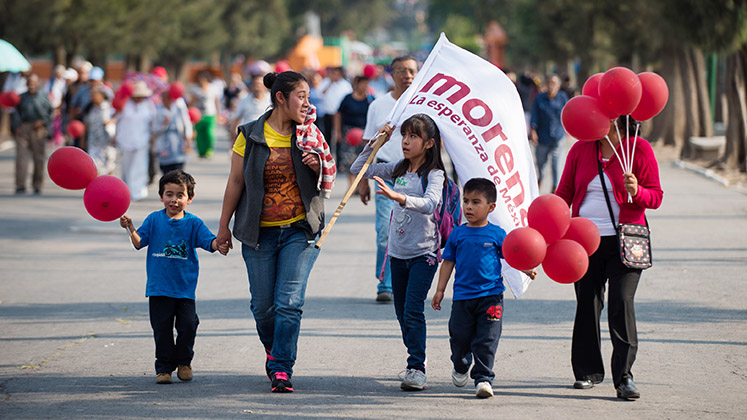
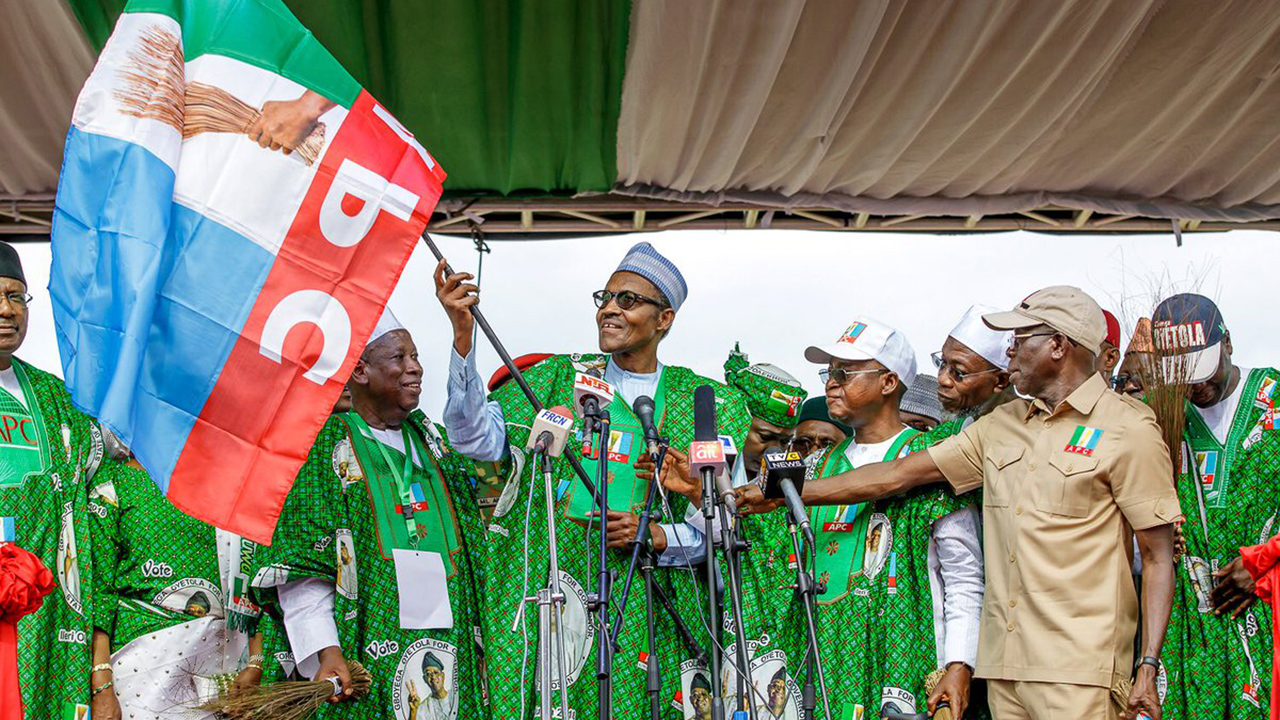
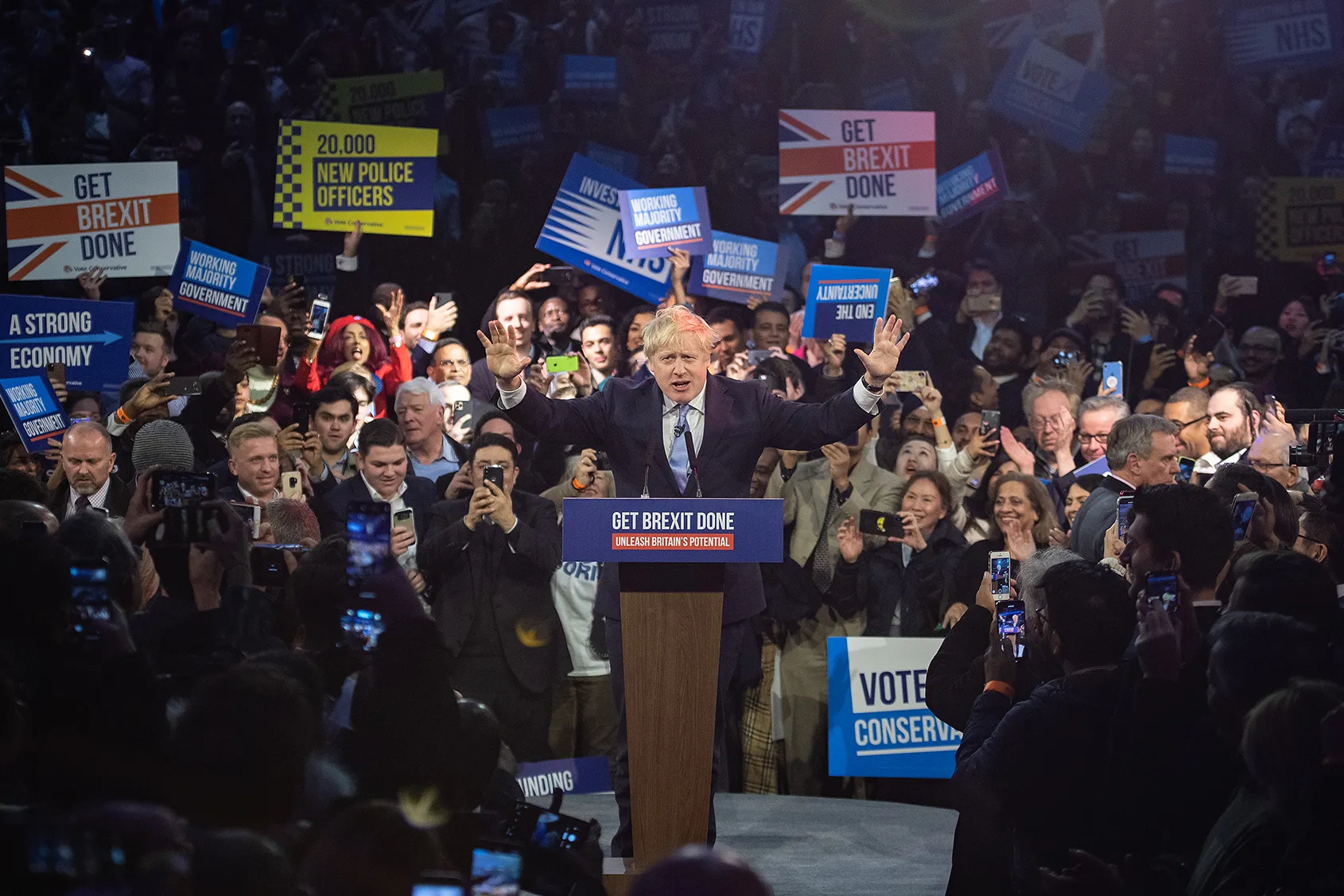
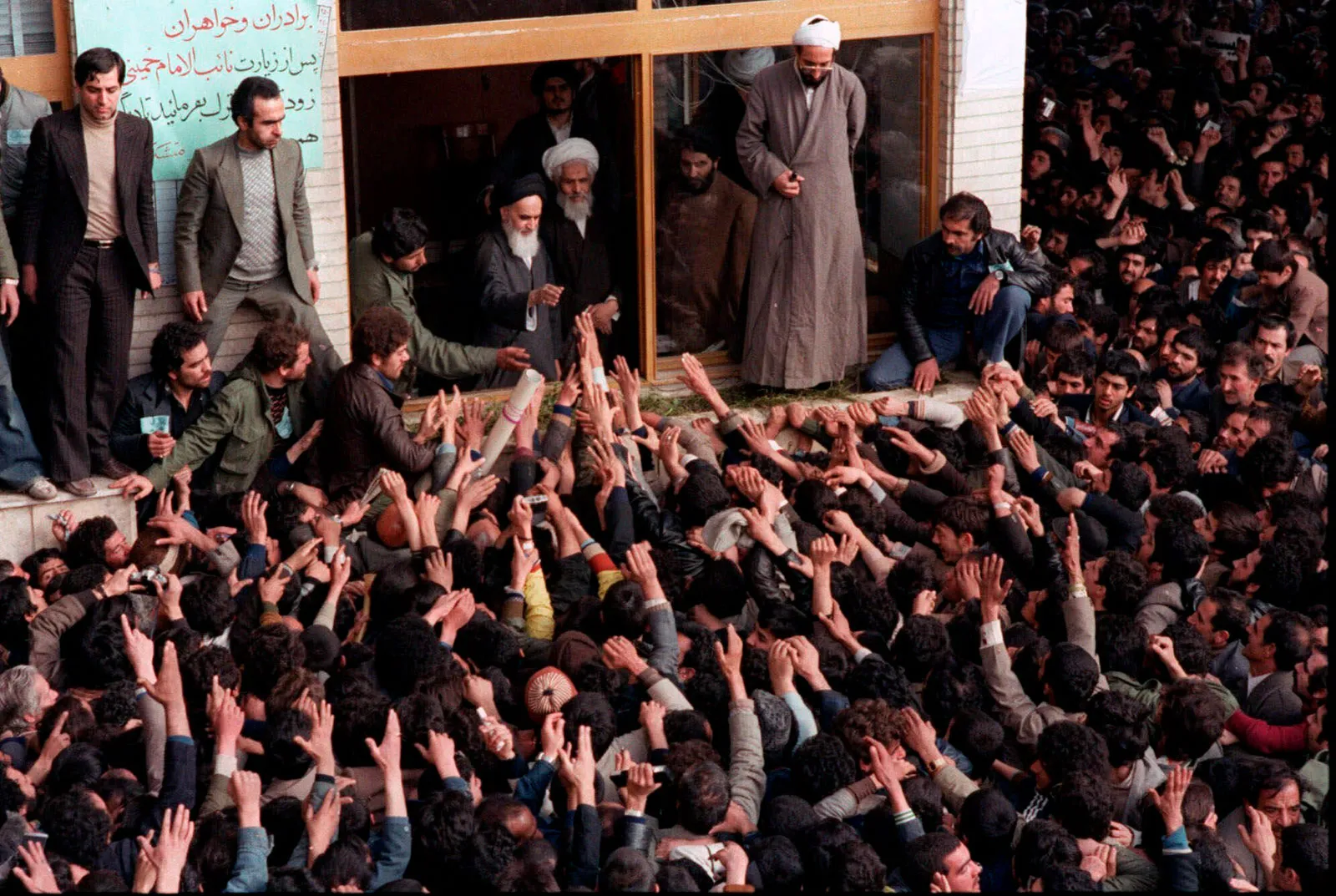
Now that you can describe the party structure in each of our course countries, it is time to move onto Topic 4.4: Role of Political Party Systems, so that we can build on the knowledge you gained in Topic 4.3. Let’s go 😍
Browse Study Guides By Unit
👑Unit 1 – Political Systems, Regimes, & Governments
⚖️Unit 2 – Political Institutions
🙋♀️Unit 3 – Political Culture & Participation
🐘Unit 4 – Party, Electoral Systems, & Citizen Organizations
🏗Unit 5 – Political & Economic Changes & Development
🤔Exam Skills
📚Study Tools

Fiveable
Resources
© 2025 Fiveable Inc. All rights reserved.